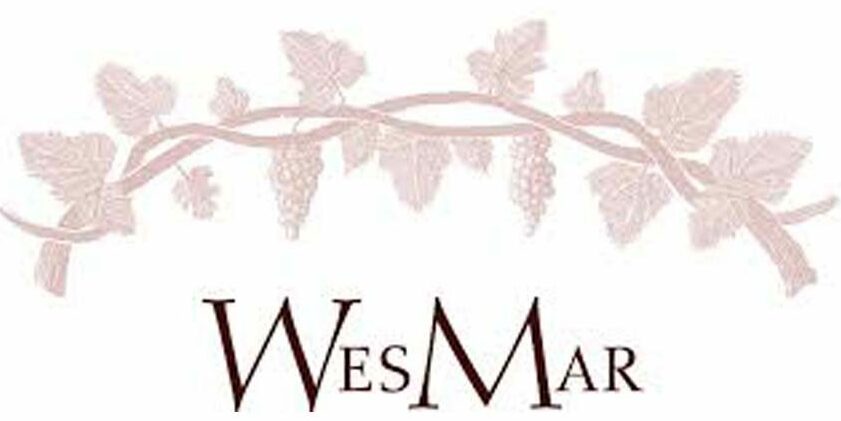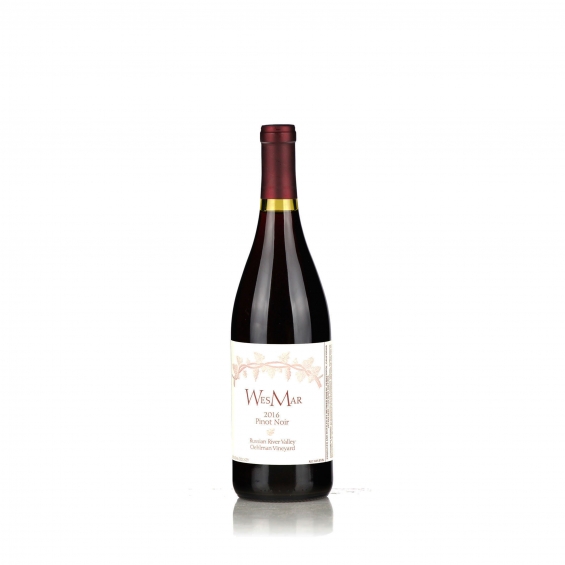Wine tasting is akin to an exquisite symphony that engages your senses and transports you to a world of flavors and aromas. Just as a conductor guides an orchestra, a wine enthusiast navigates a sensory journey that reveals the intricate nuances of each varietal. In this blog post, we unlock the secrets of wine tasting, offering insights into the art of savoring, deciphering tasting notes, and immersing yourself in the captivating world of wine appreciation.
The Prelude to Tasting: Setting the Stage:
Before you embark on the tasting journey, consider these preparatory steps:
- Mindful Environment: Choose a quiet and well-lit space that allows you to focus on the wine’s characteristics.
- Clean Palate: Avoid strong flavors like coffee or spicy foods before tasting to ensure your palate is receptive.
Savoring the Symphony: Steps to Tasting Wine:
Wine tasting is a multi-sensory experience that involves several steps:
- Observation: Examine the wine’s color, clarity, and viscosity by tilting the glass against a white background.
- Aroma Appreciation: Swirl the wine gently to release its aromas, then inhale deeply to identify notes of fruits, flowers, spices, and oak.
- Sipping with Intention: Take a small sip and let the wine coat your palate. Pay attention to its texture, body, acidity, and tannins.
Deciphering Tasting Notes: The Language of Flavors:
Tasting notes are like a poetic expression of a wine’s characteristics:
- Fruit Flavors: Identify the primary fruit flavors, whether they are reminiscent of berries, citrus, or tropical fruits.
- Secondary Aromas: These arise from the winemaking process, such as notes of vanilla from oak aging.
- Finish: The finish refers to the lingering flavors after swallowing. It can be short, long, or complex.
Embracing Varietal Diversity:
Each grape varietal brings its own unique personality to the glass:
- Chardonnay: Known for its versatility, Chardonnay can range from crisp and unoaked to buttery and full-bodied.
- Cabernet Sauvignon: This red varietal often features black fruit flavors, structured tannins, and aging potential.
- Pinot Noir: Loved for its elegance, Pinot Noir offers delicate red fruit aromas and a smooth finish.
Pairing the Harmony: Wine and Food Complementarity:
The marriage of wine and food is a harmonious dance of flavors:
- Red Wine with Red Meat: Rich red wines complement the hearty flavors of red meats and aged cheeses.
- White Wine with Seafood: Crisp white wines balance the delicate flavors of seafood and light dishes.
- Sweet Wine with Desserts: Sweet dessert wines elevate the experience of indulgent desserts.
Developing Your Palate: The Ongoing Symphony:
Wine tasting is a journey of continuous discovery and refinement:
- Tasting Experiences: Attend tastings and explore different varietals, regions, and styles.
- Take Notes: Document your tasting experiences to track your preferences and insights over time.
Conclusion
Wine tasting is a sensory symphony that unfurls the artistry of winemaking, the complexities of terroir, and the eloquence of flavors. As you engage your senses in this delightful journey, you’ll find that every glass holds a unique story waiting to be discovered. From the initial observation to deciphering tasting notes and embracing the diversity of varietals, wine tasting is a lifelong pursuit that deepens your connection with the world of wines. So, uncork a bottle, embark on this sensory adventure, and let the symphony of flavors transport you to a realm of taste, texture, and terroir.

